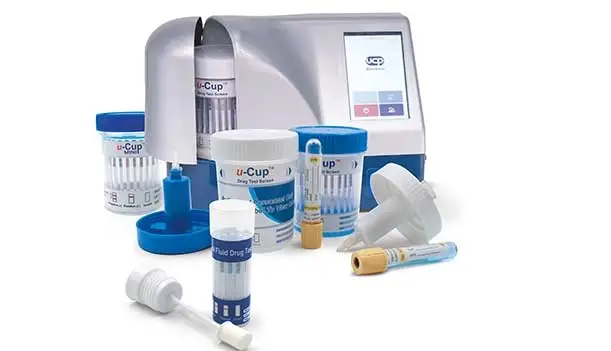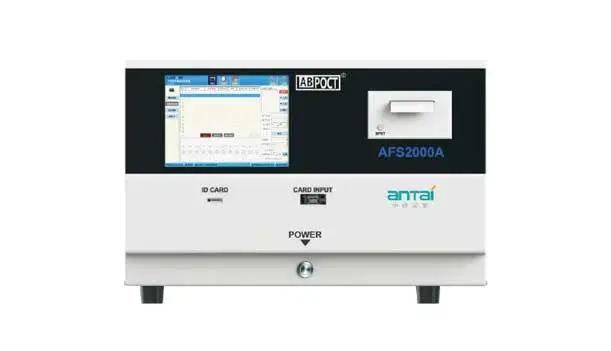Platform tests can be used to detect a wide range of diseases, depending on the type of platform and the specific tests being performed. For example, diagnostic tests such as PCR and immunoassays can detect infectious diseases such as HIV, hepatitis, and COVID-19. Imaging platforms such as MRI and CT scans can be used to detect cancer, brain disorders, and other illnesses. Molecular platforms like Next Generation Sequencing (NGS) can detect genetic mutations associated with cancer, cardiovascular diseases, and more. Additionally, wearable medical devices using platform technology can monitor vital signs, detect arrhythmias in heart patients, and alert healthcare professionals in case of emergencies.
 中文
中文






 Email Us:
Email Us:  TEL:
TEL:  2nd floor, No. 3, 8th Street, Qiantang Area, Hangzhou, Zhejiang, China
2nd floor, No. 3, 8th Street, Qiantang Area, Hangzhou, Zhejiang, China